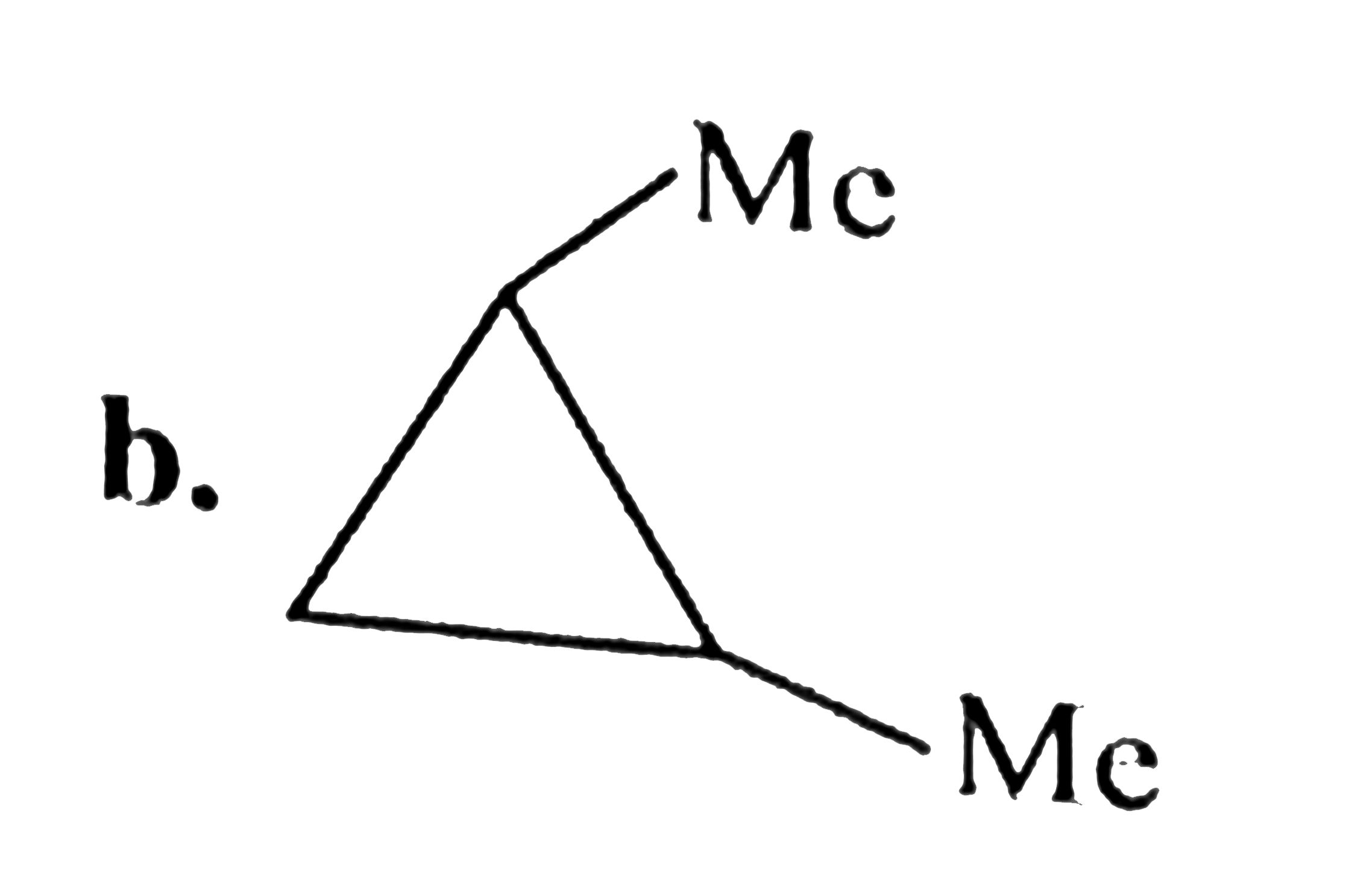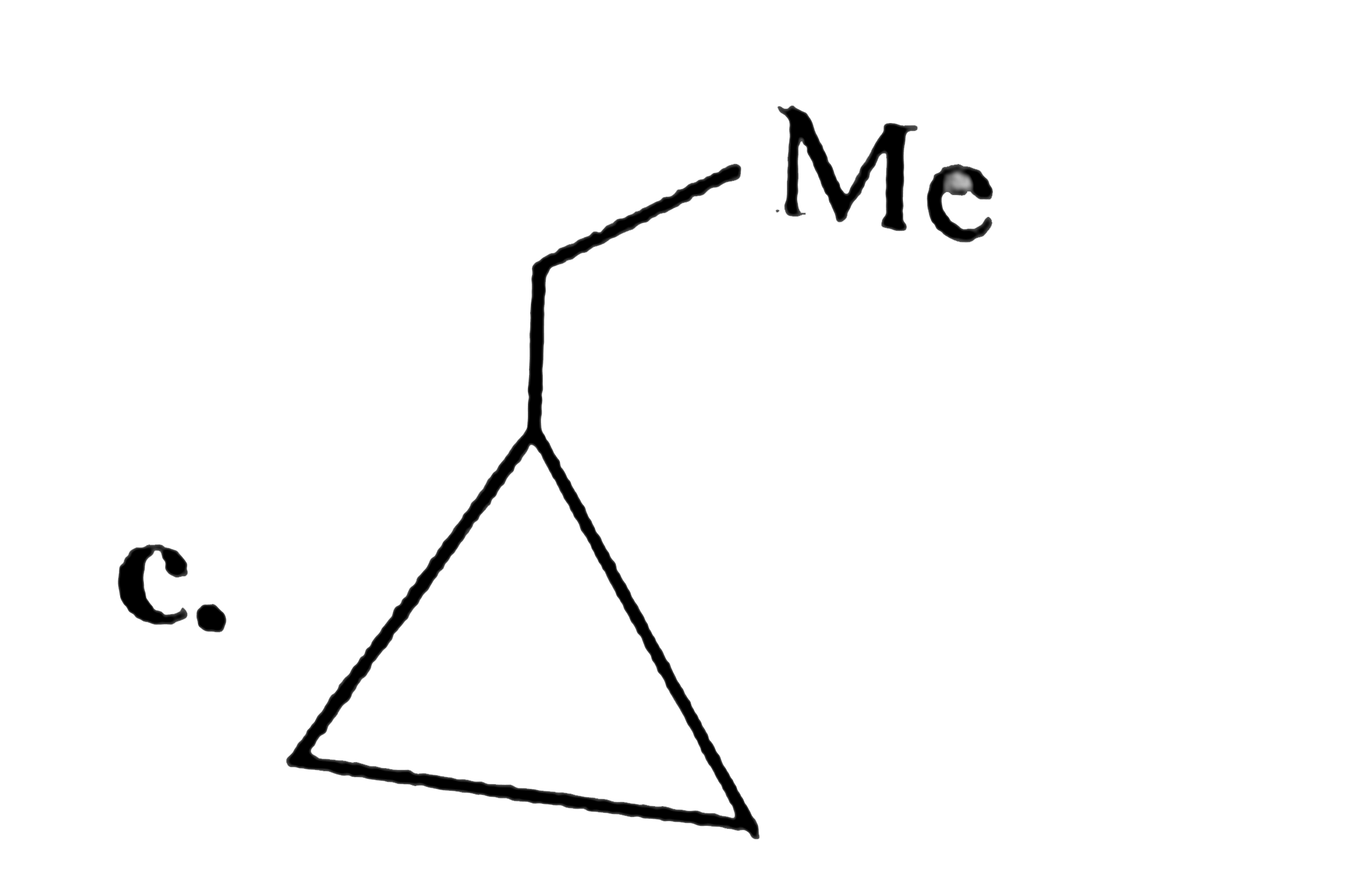An alkene (A) with molecular formula C5H10 undergoes ozonolysis to form two aldehydes "(X)" and "(Y)" in which "(X)" contains four carbon atoms.Another "alkene (B) which is an isomer of (A) undergoes ozenolysis to form two aldehyde (C) and (D) in which (C) contain "3" carbon atoms.Identify "(X),(Y),(A)," (B) , (C) and (D).Write the reactions involved
Step by step video & image solution for An alkene (A) with molecular formula C_(5)H_(10) undergoes ozonolysis to form two aldehydes "(X)" and "(Y)" in which "(X)" contains four carbon atoms.Another "alkene (B) which is an isomer of (A) undergoes ozenolysis to form two aldehyde (C) and (D) in which (C) contain "3" carbon atoms.Identify "(X),(Y),(A)," (B) , (C) and (D).Write the reactions involved by Chemistry experts to help you in doubts & scoring excellent marks in Class 11 exams.
Similar Questions
An alkene of the molecular formula C6H12 on reductive ozonolysis give two different aldehydes as products.How many alkenes including stereoisomers satisfy this criterion?
View SolutionAn organic compound (X) undergoes acid hydrolysis to form two compound (Y) and (Z). The compound (Y) reacts with sodium carbonate to form (A) which when heated with soda lime forms (B) which is CH4. The compounds (Y) on reduction with LiAIH4 forms (Z.) Identify X,Y,Z,A,B and write the reactions involved.
View Solution
Knowledge Check
- Question 1 - Select One
How many structural isomers are possible for the molecular formula C4H8 which can undergo ozonolysis ?
A2B4C3D1 - Question 2 - Select One
Compound (A), an alkene with molecule formula (C5H10) exists in various strictures. On mononcholorination and dichlorination, it again shows various structures and streoisomers.
Another isomer (II) on monochlorination gives two products. The isomer (II) is:A B
B C
C D
D
An alkene 'A' (molecular formula C5H10) on ozonolysis gives a mixture of two compounds 'B' and 'C'. Compound 'B' gives positive Fehling's test and also forms iodoform on treatement with I2 and NaOH. Compound 'C' does not give Fehling's test but forms iodoform. Identify the compounds A, B and C. Write the reaction for ozonolysis and formation of iodoform from B and C.
View SolutionC5H10 (A) can show Cannizzaro's reaction. (A) on treatment with Al(OC2H5)3, forms C10H20O2 (B) which on hydrolysis gives acid (C) and alcohol (D). Compounds (A), (B) and (C) each on reaction with LiAlH4 is converted to alcohol (D). Identify (A), (B), (C) and (D). Give the reactions involved.
View SolutionOrganic compound X having formula, C5H11Cl undergoes Wurtz reaction and forms a product Y which possesses two quanternary C -atoms and two secondary C-atoms. The number of quanternary C-atoms in X is …………
View SolutionA hydrocarbon (A) of the formula C7H12 on ozonolysis gives a compound (B) which undergo aldol condensation giving 1-acetylcyclopentene. Identify (A) and (B).
View SolutionHydrocarbon (X), C7H12, on reaction with boron hydride followed by treatment with CH3COOH yields (A). On reductive ozonolysis (A) yields a mixture of two aldehydes, (B) and (C ). Of these, only (B) can undergo Cannizzaro reaction. (A) exists in two geometrical isomer, (A−1) and (A−2), of which (A−2) is more stable. Gives structures of (X), (A), (B), (C ), (A−1), and (A−2) with proper reasoning.
View SolutionAn aromatic compound 'A' of molecular formula C7H7ON undergoes a series of reactions as shown below. Write the structures of A, B, C, D and E in the following reactions :
 View Solution
View Solution
